Identification of dynamic networks community by fusing deep learning and evolutionary clustering
- PMID: 39390015
- PMCID: PMC11466966
- DOI: 10.1038/s41598-024-74361-0
Identification of dynamic networks community by fusing deep learning and evolutionary clustering
Abstract
Community detection is a critical component of network analysis and a hot topic in social computing. Detecting community structure in dynamic networks has important theoretical and practical implications for understanding the intrinsic function of networks and predicting network behavior. However, the majority of existing dynamic community detection methods adopt shallow models, which have limited ability to excavate complex non-linear structures and tend to generate undesirable community structures. In order to obtain an accurate and robust community structure in dynamic networks, we are inspired by network representation learning and utilize the deep learning to detect evolving communities in dynamic networks. In this paper, we propose a novel dynamic community detection method by fusing Deep Learning and Evolutionary Clustering (DLEC). This work attempts to combine deep learning and evolutionary clustering into a unified framework. First, we propose a matrix construction strategy to fully reveal the inherent community structures via the underlying community memberships. Then, we develop a novel multi-layer deep autoencoder framework that consists of multiple non-linear functions to extract the latent deep representation of the dynamic network. Based on the evolutionary clustering framework, a graph regularization term is introduced to ensure the smoothness of the community evolution. Finally, we employ the K-means clustering algorithm on the low-dimensional network space to obtain the community structure. Extensive experimental results on synthetic and real-world networks show that the proposed DLEC algorithm can effectively detect high-quality communities in dynamic networks.
© 2024. The Author(s).
Conflict of interest statement
The authors declare no competing interests.
Figures





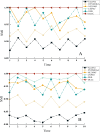
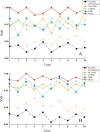
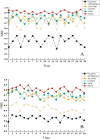
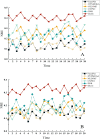



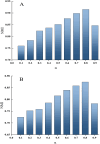
References
-
- Wang, S. et al. Community detection in dynamic networks using constraint non-negative matrix factorization. Intell. Data Anal. 24, 119–139. 10.3233/IDA-184432 (2020).
-
- Zhou, J. et al. Robustecd: Enhancement of network structure for robust community detection. IEEE Trans. Knowl. Data Eng. 35, 842–856. 10.1109/TKDE.2021.3088844 (2023).
Grants and funding
LinkOut - more resources
Full Text Sources

